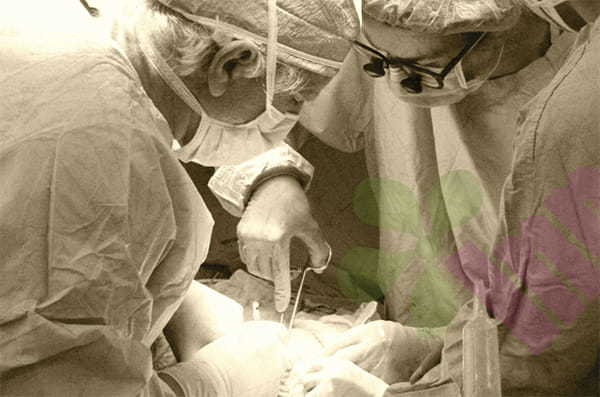In daily life, we inevitably encounter various skin injuries, from simple abrasions to postoperative wounds. Proper dressing care is crucial to the healing process. Many people believe that frequent dressing changes are better, but this concept may actually hinder wound recovery. Modern wound care research shows that maintaining a moderately moist, closed environment in the wound is more conducive to epithelial cell migration and granulation tissue growth.
Why is excessive dressing changes harmful?
Wound healing is a delicate biological process that requires a stable microenvironment. Each dressing change alters the local temperature, humidity, and pH of the wound, changes that can interfere with cell proliferation and angiogenesis. More importantly, frequent dressing changes can damage the newly formed, fragile granulation tissue, leading to repeated injury. Clinical observations have found that when the dressing comes into contact with wound exudate, it forms a gel-like substance rich in growth factors that accelerate the healing process. However, if the dressing is changed too frequently, this natural bioactive substance will be lost.
How do I determine the optimal replacement frequency?
This requires a comprehensive assessment of the wound condition. For clean and dry surgical incisions, modern closed dressings can be changed every 3-5 days. For wounds in the exuding stage, the concept of moist healing should be followed. It is ideal to change the dressing when the exudate reaches 70% of the dressing's absorption capacity. When measuring the amount of exudate, pay attention to the leakage at the edge of the dressing. Usually, it needs to be replaced when the exudate is 2.5 cm away from the edge of the dressing. Of course, the properties of different dressing materials vary greatly. Traditional gauze dressings may need to be changed daily due to their poor retention , while functional wound dressings such as foam dressings, hydrocolloid dressings, and alginate dressings have strong absorption capacity and can extend the replacement interval.
Professional wound care operating procedures include the following key steps ?
Clean your hands before the operation , and prepare iodine cotton swabs, normal saline, and sterilized gauze pieces . If adhesion occurs when removing the old dressing, it should be fully soaked with sterile normal saline and then slowly peeled off. When cleaning the wound, it is recommended to use the point wiping method, operating radially from the center of the wound to the periphery to avoid cross contamination. When assessing the wound, record the size, depth, exudate characteristics and surrounding skin conditions. Select dressings according to the characteristics of the wound . For example , for highly exudative wounds, use foam dressings or superabsorbent dressings. For wounds with less exudate and shallower wounds , use hydrocolloid dressings. For infected wounds, it is recommended to use silver dressings. When fixing the dressing, make sure to completely cover the wound and extend 2-3 cm beyond the edge. Maintain appropriate tension to avoid being too tight or too loose.
What signs indicate a worsening wound?
The wound shows a tendency to deepen or expand , with purulent discharge, foul odor, or signs of surrounding cellulitis . Symptoms of systemic infection, such as fever and chills , may also be present. In diabetic patients , wounds on the lower extremities may reveal underlying structures such as tendons and bones . No signs of healing after two weeks of standard care.
It is recommended to establish a wound assessment record, including taking photos at each dressing change to compare and observe the healing progress. Pay attention to pain management. Appropriate analgesics can be used before dressing changes to avoid causing pain to the patient during the operation. For more information on Innomed® Hydrocolloid Dressing, refer to the Previous Articles. If you have customized needs, you are welcome to contact us; You Wholeheartedly. At longterm medical, we transform this data by Innovating and Developing Products that Make Life Easier for Those Who Need Loving Care.
Editor: kiki Jia

 English
English عربى
عربى Español
Español русский
русский 中文简体
中文简体








